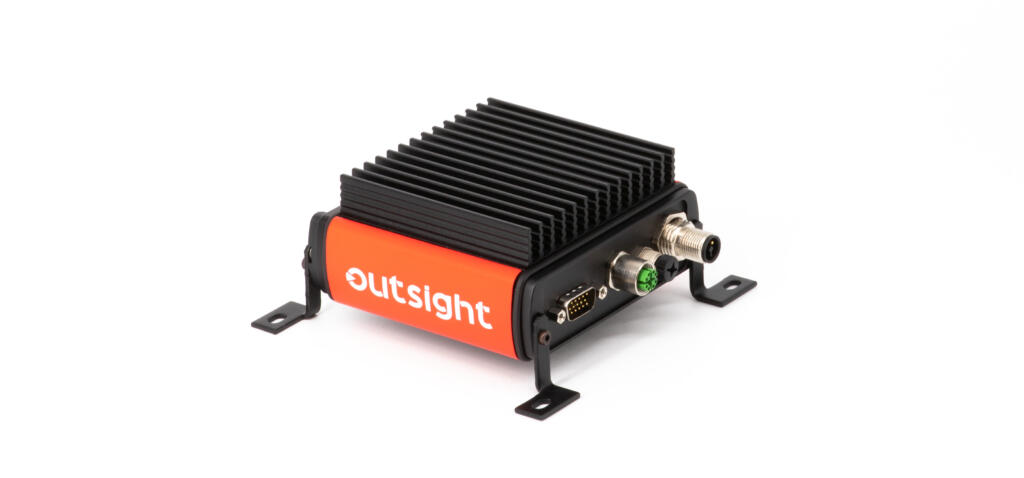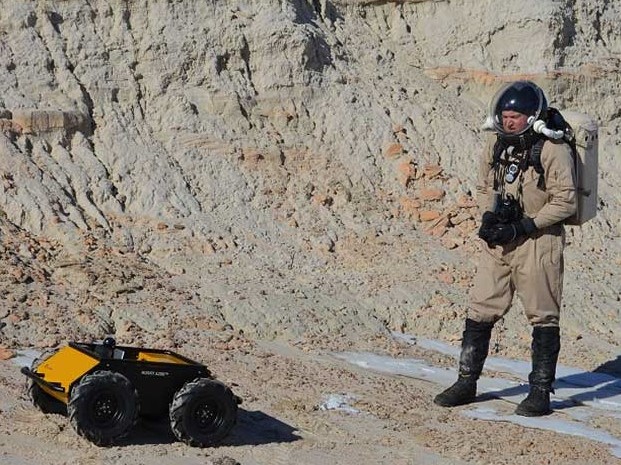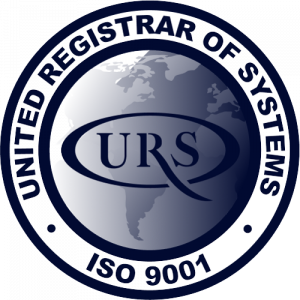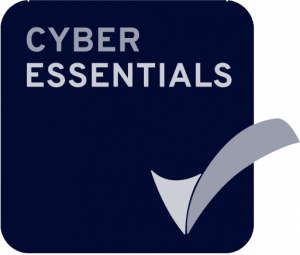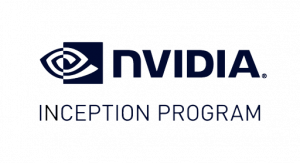Clearpath Husky on a radiation mission
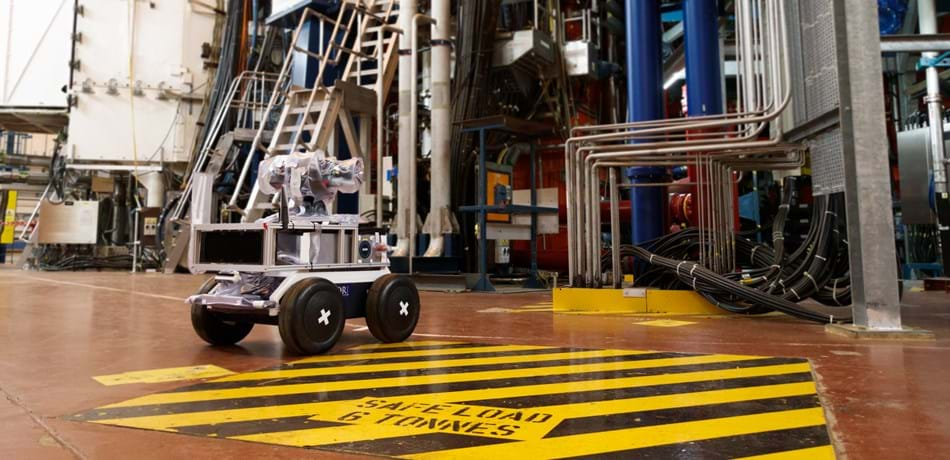
In May 2021, the Oxford Robotics Institute had a major field trial at JET (the Joint European Torus), at the UKAEA site in Culham, involving the remote operation of a customised Clearpath Robotics Husky mobile robot within the JET Torus Hall. The robotic platform entered the nuclear environment, scanned for radiation at fixed locations, before returning to base several hours later.
Highly customisable Husky UGV
To enable the highly customisable Husky UGV to perform the mission it was heavily modified, including batteries to power it for an extended time, and an omnidirectional sodium-iodide radiation detector. Custom plastic wrapping was also required to protect the robot from tritium gas and beryllium dust present in the environment.
A pan-tilt unit (PTU) mounted on the Husky carried multiple cameras necessary to provide situational awareness for steering the vehicle. This unit also carried a cerium-bromide detector with a 3.8kg collimator to directionally detect radiation and a 2D LiDAR to generate a point-cloud map of the environment.
The mission itself was straightforward, with the operator driving the robot into position using a remote operator interface. It was then parked, and the operator triggered a scan of the environment.
After collecting the initial point-cloud, the robot moves its PTU to position the collimated detector to detect radiation in numerous directions. These measurements are then used to ‘paint’ the point cloud, generating a slowly improving map of radioactive activity within the area.
As the process is fully automated and no human is in harm’s way, the robot can scan for hours at a time, significantly improving the scan’s sensitivity.
Robots operating in dangerous environments
Upon completion of the scanning, the robot was teleoperated back to the starting point where it could be charged for the next scan.
This trial is one of the many activities happening as part of the RAIN Hub which demonstrates the value of robotics to the nuclear industry, paving the way for future robots to operate safely in environments that would otherwise be too dangerous for humans.

